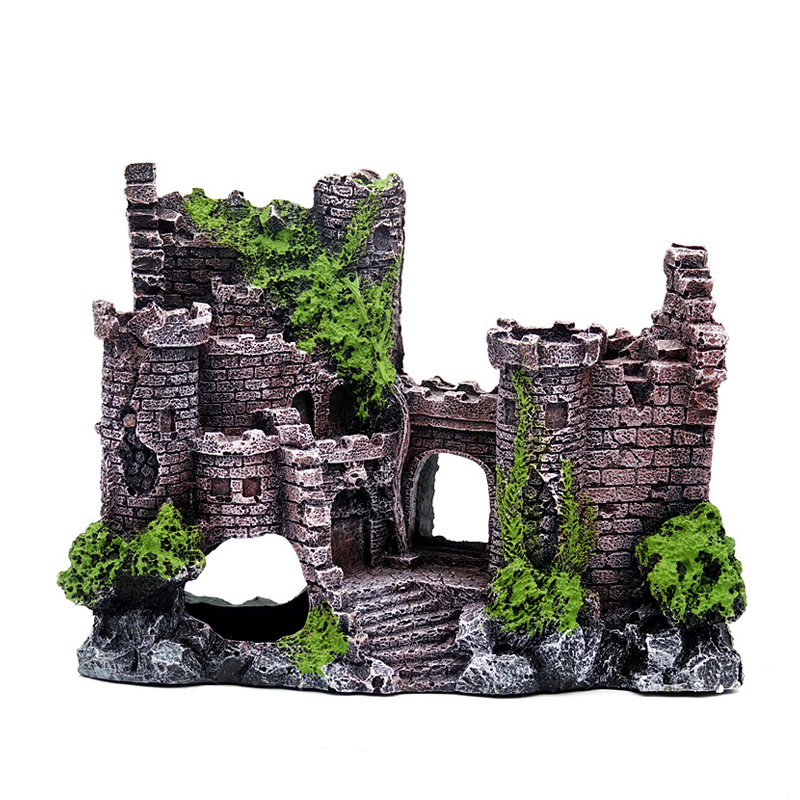Many garden
Landscape Stone are natural. The natural landscape itself is very shocking, but the surface of many Landscape Stone needs to be processed. How to process them to make them look better is a problem that manufacturers need to consider. What are the specific methods?
There are many surface processing methods for garden Landscape Stone. The first thing to talk about is grinding, which is used to smooth the surface or add more details. It is used when the smooth surface has many holes, so that the surface of the stone is more beautiful.

There are similarities between polishing and grinding. After polishing, the Landscape Stone will be more transparent, showing the internal mineral particles of natural stone.
Fire is also a way to treat the surface of Landscape Stone, mainly for stones with relatively rough surfaces. This process requires heating of stones, and the surface will appear porous, which needs to be maintained with a sealant.
The sandblasting process is to spray sand onto the stone with a high-pressure jet of sand and water. The surface of the Landscape Stone produced in this way is shiny but not very smooth, and has a higher ornamental value.
1. Do not cover carpets and sundries for a long time. In order to keep the stone breathing smoothly, avoid covering the stone surface with carpets and sundries for a long time. Otherwise, the moisture under the stone cannot evaporate through the pores of the stone. Then the stone will produce annoying stone lesions due to excessive moisture and increased water content. 2. Do not pour vinegar, lemon juice or other acidic liquids directly on the surface of marble, limestone, travertine or onyx, and do not use cleaning solutions containing acidic substances, such as bathroom cleaning fluid, cement surface cleaner, or bathtub tiles detergent etc.
2. Do not contact with strong acid and strong alkaline substances. Acid often causes sulfur iron minerals in granite to oxidize and produce yellowing phenomenon (ferrous iron is oxidized to ferric iron). Acid will decompose calcium carbonate contained in marble, making It is transformed into calcium bicarbonate, causing the surface to be eroded; alkali will also erode the grain boundaries of feldspar and quartz silicide crystals in granite, resulting in the phenomenon of grain peeling. Therefore, acid and alkali substances are the culprits that destroy the mirror surface of stone materials.
3. Do not use corrosive cleaning products, such as dry cleaners or soft cleaners. Do not mix bleach with ammonia, as it will produce deadly poisonous gas. In order to achieve a fast cleaning effect, general cleaners contain acid and alkali, so if you use cleaners with unknown ingredients for a long time, the luster of the stone surface will be lost, and the residue of non-neutral chemicals will also be the main cause of stone lesions in the future .



